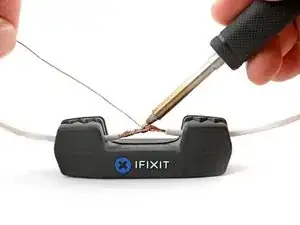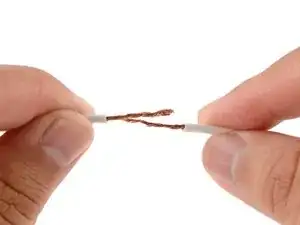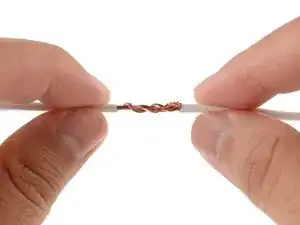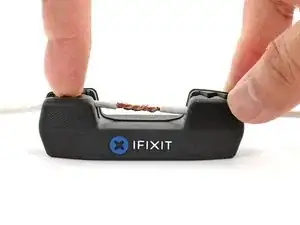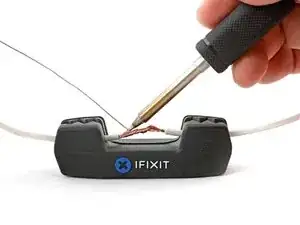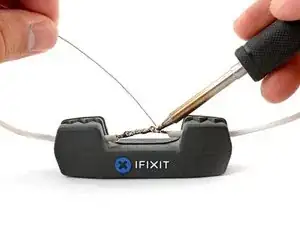Introduction
This guide demonstrates how to use the iFixit Soldering Splint to secure two wires for soldering.
The soldering splint jaws can hold wires up to 4 mm in diameter. It has two neodymium magnets on the bottom, allowing it to secure against ferrous surfaces. The splint is made of heat-resistant silicone.
Tools
-
-
Twist the wires together. If the wires will be under strain, consider twisting them into a Western Union splice.
-
-
-
Center the wire splice between the jaws.
-
Use your fingers or the flat end of a spudger to press one end of the splice into a jaw.
-
Press the remaining end into the other jaw.
-
Conclusion
For more soldering guides and tips, click here.
Do you have soldering questions? Check out our Answers community!
